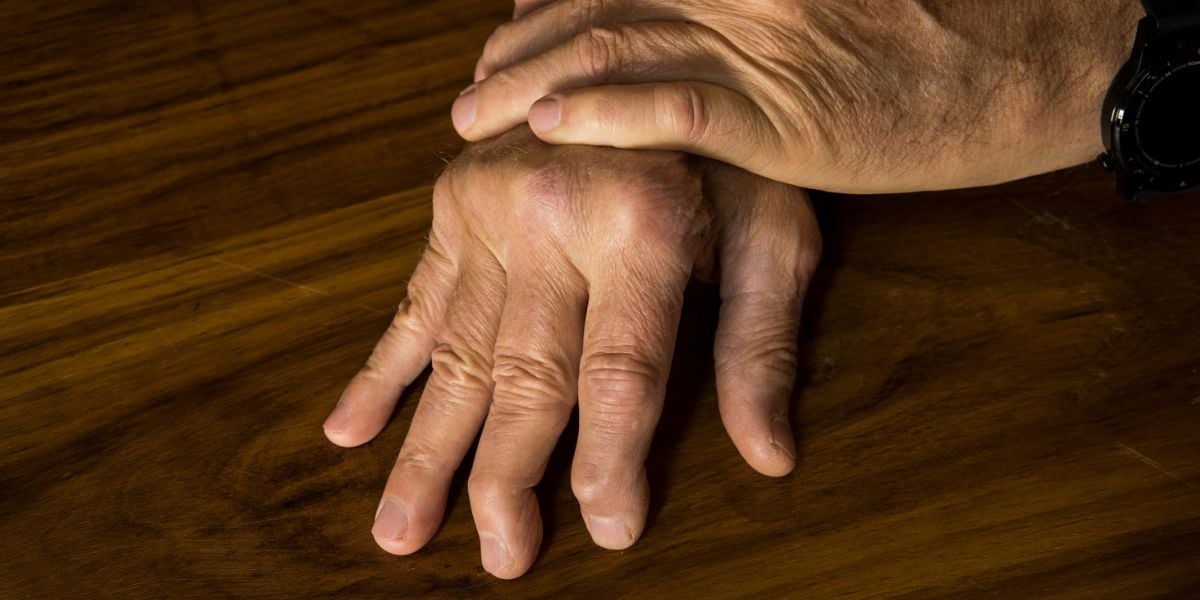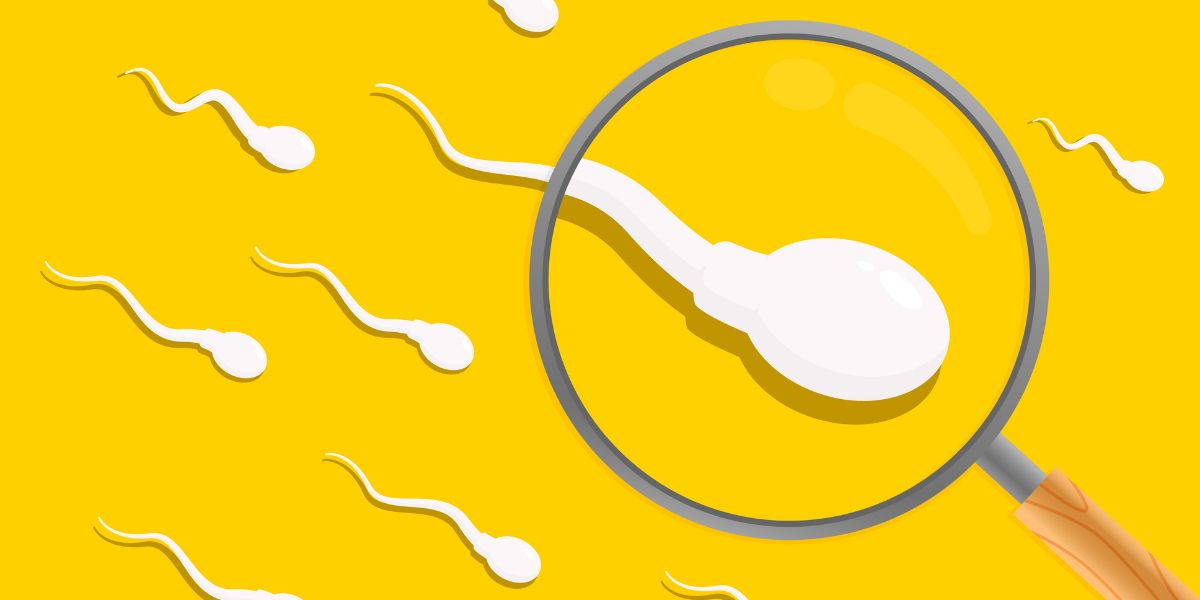People with type 1 diabetes tend to have a lower bone density and hence at an increased risk of osteoporosis, a condition resulting in weakened bones.
Osteoporosis is believed to affect around 3 million people in the UK. Our bones weaken as we get older but some factors can speed up the loss of bone density.
Symptoms of osteoporosis
Osteoporosis may not present noticeable symptoms and the first indication that you may have osteoporosis is usually if you suffer a bone fracture.
Osteoporosis may be noticeable in older as weak and fractured bones in the spine can cause the head to permanently lean forwards and a hunchback appearance developing.
Osteoporosis and common bone fractures
Common bone fractures resulting from osteoporosis include:
- Wrist fractures
- Hip fractures
- Spinal fractures
- Foot fractures
Diagnosing osteoporosis
Osteoporosis can be diagnosed using a DEXA scan, which measures your bone mineral density (BMD). DEXA stands for dual energy X-ray absorptiometry.
There are three different different grades of bone density, normal, osteopenia and osteoporosis.
Osteopenia is where you have lower than normal bone density but a higher bone density, and therefore lower risk of fractures, than osteoporosis.
Risks and causes
Our bones generally become weaker as we get older but a number of factors can speed up the weakening of bones and include:
- After the menopause in women
- A low body mass index (BMI)
- Being bed bound or otherwise getting very little physical activity
- Over consumption of alcohol
- Being a heavy smoker
- Prolonged use of corticosteroids
- Cushing’s syndrome
- Crohn’s disease
- Coeliac disease
- Overactive thyroid gland (hyperthyroidism)
Diabetes and osteoporosis
Higher rates of osteoporosis have been noted in people with type 1 diabetes. People with type 1 diabetes have been found to have, on average, lower bone mineral density.
Researchers are yet to fully understand the mechanism to explain why people with type 1 diabetes have a lower bone density but one hypothesis is that insulin may play a part as our bones are known to play a part in the regulation of blood sugar levels.
- Read more about the science behind diabetes and our bones
People with type 2 diabetes typically have a higher bone mineral density but studies have shown that people with type 2 diabetes are at an increased risk of suffering fractures. [63]
Treatment for osteoporosis
People with osteoporosis are recommended by the NHS to have a good intake of vitamin D and calcium, which can be obtained either through your diet or by taking appropriate vitamin supplements
Drug treatments may be suitable for some people. Your health team can help to select a drug that is most suitable for you, which may include one of the following:
- Bisphosphonates – the most commonly prescribed drug treatment for osteoporosis
- Raloxifene
- Strontium ranelate
- Parathyroid hormone (PTH) treatment
- Denosumab
- Selective estrogen receptor modulators (SERMs)
- Calcitonin
- Hormone replacement therapy (HRT)
- Testosterone treatment
Preventing osteoporosis and bones fractures
A healthy diet and regular physical activity are beneficial for preventing osteoporosis, as well as being good for our diabetes.
If you have osteoporosis, it may be advisable to take part in low impact physical activity such as:
- Walking
- Swimming
- Yoga
These activities are advisable over higher impact activity such as running or activities involving jumping.
Quit smoking
Quitting smoking and reducing alcohol intake are also recommended to help your bones stay healthy.
People with diabetes on medication which puts them at risk of hypoglycemia will have a higher risk of falling which can cause bone fractures.
Minimise the risk of falling
Elderly people also have a higher risk of falling and sustaining bone fractures.
Installing hand rails on stairs and ensuring walkways are free of hazards, such as loose rugs or stray wires on the floor, can help to reduce the likelihood of falls and fractures.
People with diabetes should check their feet each day and looks for examples of foot damage and discolouration of the skin. Charcot’s foot is a condition caused by foot fractures which can occur in people with diabetes.
Hip fractures
Hip fractures affect an estimated 76,000 people every year, according to the government website, a figure that is rising. It is most commonly caused by a combination of osteoporosis and a fall, and most commonly occurs to older women.
However, because diabetics can suffer from osteoporosis at an earlier age, they are more at risk of suffering a fracture from a fall.
Have I broken my hip?
If you have fractured a hip, you are unlikely to be able to:
- Move the leg
- Place weight on the leg
- And the leg could face outwards slightly.
Treating a broken gip
A broken hip is most likely going to require surgery, and you need to get to a hospital as soon as you can. This is most likely going to involve phoning for an ambulance.
While waiting, try to stay as warm as possible as this will help to prevent shock.
If you are waiting for an ambulance with someone who has fractured their hip, keep an eye on them, try to keep them warm, and if they feel nauseous or are sick, make sure they do not choke by gently turning their head to the side. Otherwise, try not to move them and wait with them for the paramedics.





